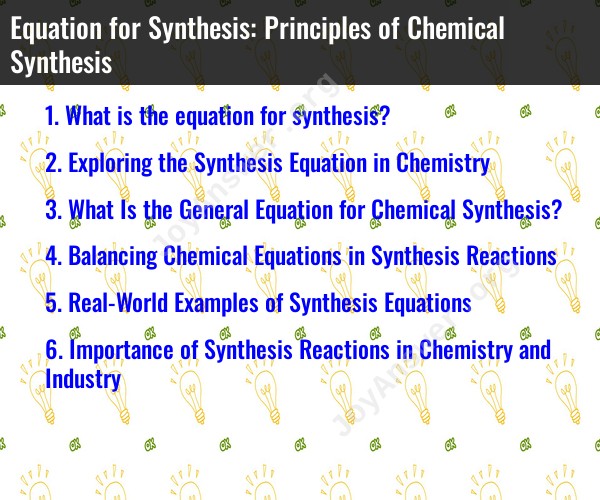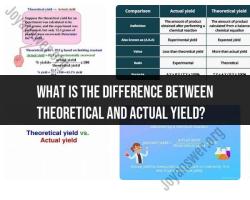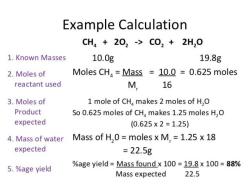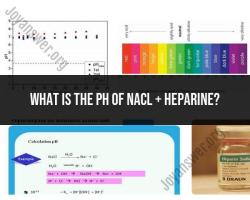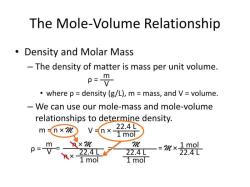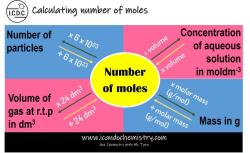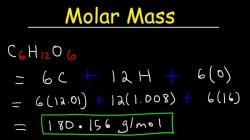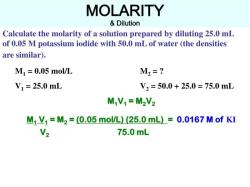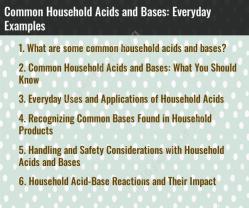What is the equation for synthesis?
In the context of chemistry and chemical reactions, there is no single equation that represents all types of synthesis reactions because synthesis reactions can involve various reactants and products. A synthesis reaction, also known as a combination reaction, is a type of chemical reaction in which two or more substances combine to form a more complex compound.
The general form of a synthesis reaction can be represented as follows:
A + B → AB
In this equation, "A" and "B" represent the reactants, and "AB" is the product formed through the synthesis reaction. The reaction typically involves the formation of a chemical bond between the reactants to create a new compound.
However, it's important to note that the specific chemical equation for a synthesis reaction depends on the reactants and products involved. For example, the synthesis of water (H2O) from hydrogen gas (H2) and oxygen gas (O2) is represented by the equation:
2H2 + O2 → 2H2O
This equation illustrates the synthesis of water from its constituent elements.
So, the equation for synthesis will vary depending on the particular substances being synthesized. It's essential to specify the reactants and products for a given synthesis reaction to write the accurate chemical equation.
Exploring the Synthesis Equation in Chemistry
A synthesis reaction is a chemical reaction in which two or more substances combine to form a new substance. The general equation for a synthesis reaction is:
A + B → AB
where A and B are the reactants and AB is the product.
Synthesis reactions are important in chemistry and industry because they allow us to produce new and useful substances. For example, the synthesis of ammonia is used to produce fertilizer, which is essential for growing crops. The synthesis of plastics is used to produce a wide range of products, from food packaging to medical devices.
What Is the General Equation for Chemical Synthesis?
The general equation for chemical synthesis is:
A + B → AB
where A and B are the reactants and AB is the product.
For example, the synthesis of water can be represented by the following equation:
H2 + O2 → H2O
In this equation, hydrogen gas (H2) and oxygen gas (O2) react to form water (H2O).
Balancing Chemical Equations in Synthesis Reactions
When balancing chemical equations for synthesis reactions, it is important to follow the law of conservation of mass. This law states that mass can neither be created nor destroyed in a chemical reaction.
To balance a synthesis equation, we must make sure that the number of atoms of each element is the same on both sides of the equation. For example, the following equation is unbalanced:
H2 + O → H2O
There are two oxygen atoms on the left side of the equation, but only one oxygen atom on the right side of the equation. To balance the equation, we can add a coefficient of 2 in front of the H2O molecule on the right side of the equation. This gives us the following balanced equation:
H2 + O → 2H2O
Real-World Examples of Synthesis Equations
Here are some real-world examples of synthesis equations:
- Synthesis of ammonia:
N2 + 3H2 → 2NH3
- Synthesis of water:
H2 + O2 → H2O
- Synthesis of carbon dioxide:
C + O2 → CO2
- Synthesis of methane:
4H2 + C → CH4
- Synthesis of sodium chloride:
2Na + Cl2 → 2NaCl
Importance of Synthesis Reactions in Chemistry and Industry
Synthesis reactions are important in chemistry and industry because they allow us to produce new and useful substances. For example:
- The synthesis of ammonia is used to produce fertilizer, which is essential for growing crops.
- The synthesis of plastics is used to produce a wide range of products, from food packaging to medical devices.
- The synthesis of pharmaceuticals is used to produce drugs that can treat and cure diseases.
- The synthesis of fuels is used to produce gasoline, diesel fuel, and other fuels that power our vehicles and machinery.
Synthesis reactions are also used in a variety of other applications, such as water purification, air pollution control, and energy production.
Overall, synthesis reactions are essential for many aspects of our modern lives.
